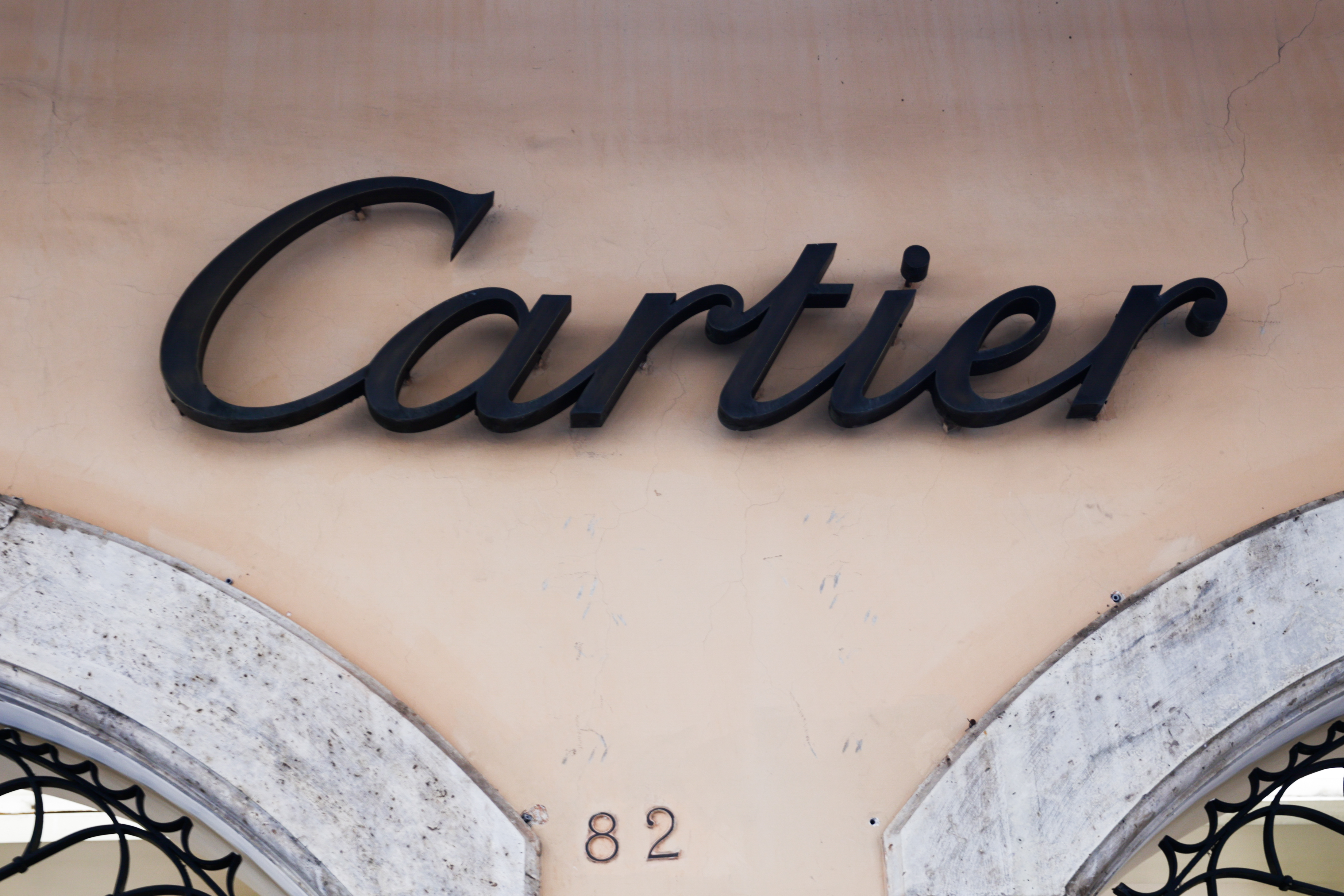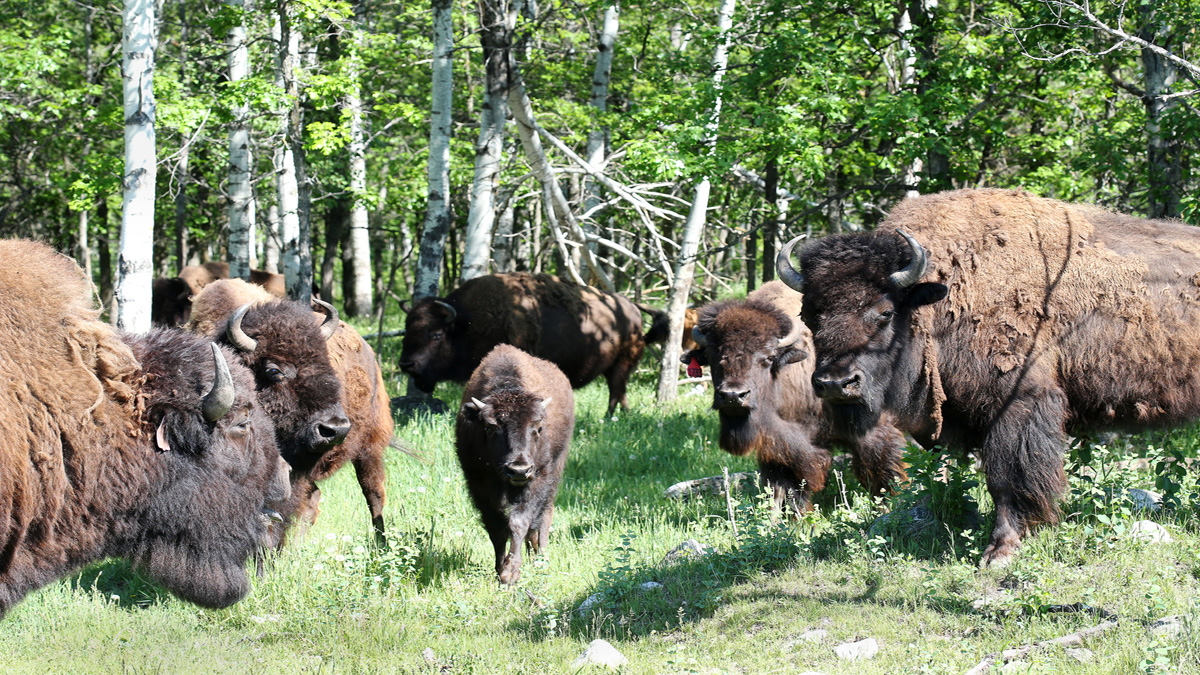Seven minutes of terror turned into hours of celebratory high-fives and cheers late Sunday and into Monday at NASA's Jet Propulsion Laboratory, as the robotic explorer Curiosity blazed through Mars' atmosphere before gently coming to a rest on the red planet.
Images: First View From Curiosity
The action-packed landing will be followed by days of staying put as team members make sure the rover is ready to roll on its six wheels.
"We have ended one phase of the mission, much to our enjoyment and to the joy of a lot of folks here in the audience on our own team, but another part has just begun,'' one of the mission managers, Michael Watkins, said at JPL in La Cañada Flintridge, Calif.
The rover has tools, cameras and a weather station. Its robotic arm has a power drill and a laser than can zap rocks. But it will be weeks before Curiosity takes its first short drive and uses the robotic arm as team members run tests to make sure everything is working.
One of its first objectives will be to raise its antenna. That should allow the rover to better communicate with JPL.
Just minutes after the landing signal reached Earth at 10:32 p.m. PDT, Curiosity beamed back the first black-and-white thumbnail pictures from inside the crater showing its wheel and its shadow, cast by the afternoon sun. Mission control team members — all wearing light-blue shirts with the Curiosity logo on the front — pointed at a monitoring in excitement as each new images loaded on the screen.
"We landed in a nice flat spot. Beautiful, really beautiful,'' said engineer Adam Steltzner, who led the team that devised the tricky landing routine.
U.S. & World
News from around the country and around the globe
The Mars Reconnaisance Orbiter sent this image of the spacecraft with parachute deployed.
Over the next two years, Curiosity will drive over to a mountain rising from the crater floor, poke into rocks and scoop up rust-tinted soil to see if the region ever had the right environment for microscopic organisms to thrive. It's the latest chapter in the long-running quest to find out whether primitive life arose early in the planet's history.
Sunday's landing was NASA's seventh on Earth's neighbor; many other attempts by the U.S. and other countries to zip past, circle or set down on Mars have gone awry.
The arrival was an engineering masterpiece. Engineers referred to the final stage as "seven minutes of terror'' as they waited for Curiosity to send back data after it's journey through the Martian atmosphere at 13,000 mph. During those seven minutes, team members exchanged high-fives and cheered with each positive feedback from Mars.
Cables delicately lowered the rover to the ground at a cautious 2 mph. A video camera was set to capture the most dramatic moments — which would give Earthlings their first glimpse of a touchdown on another world.
Celebrations by the mission team were so joyous over the next hour that JPL Director Charles Elachi had to plead for calm in order to hold a post-landing press conference.
"If anybody has been harboring doubts about the status of U.S. leadership in space, there's a one-ton automobile-sized piece of American ingenuity, and it's sitting on the surface of Mars, right now," said White House science advisor Dr. John Holdren. "That should put any doubts to rest."



